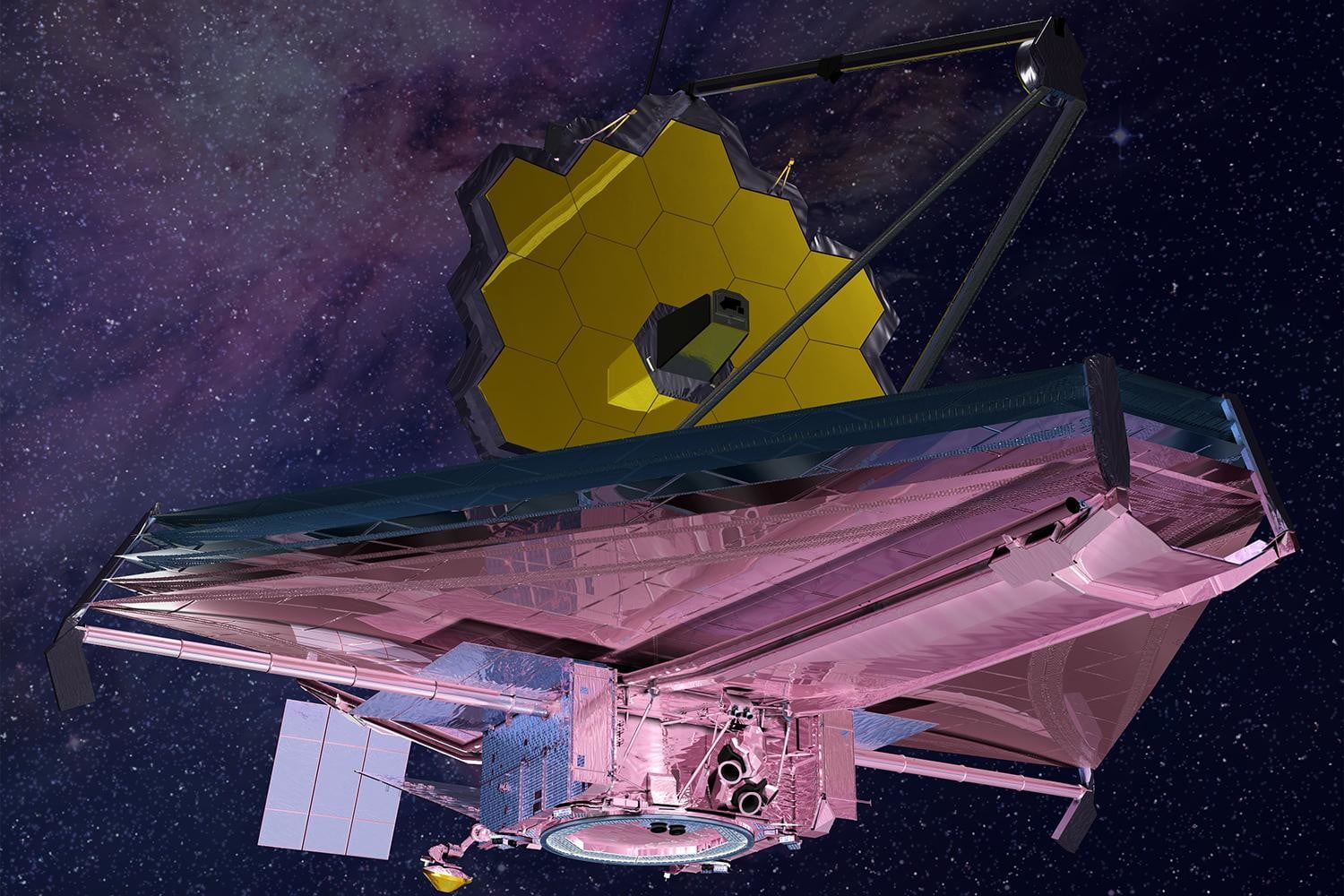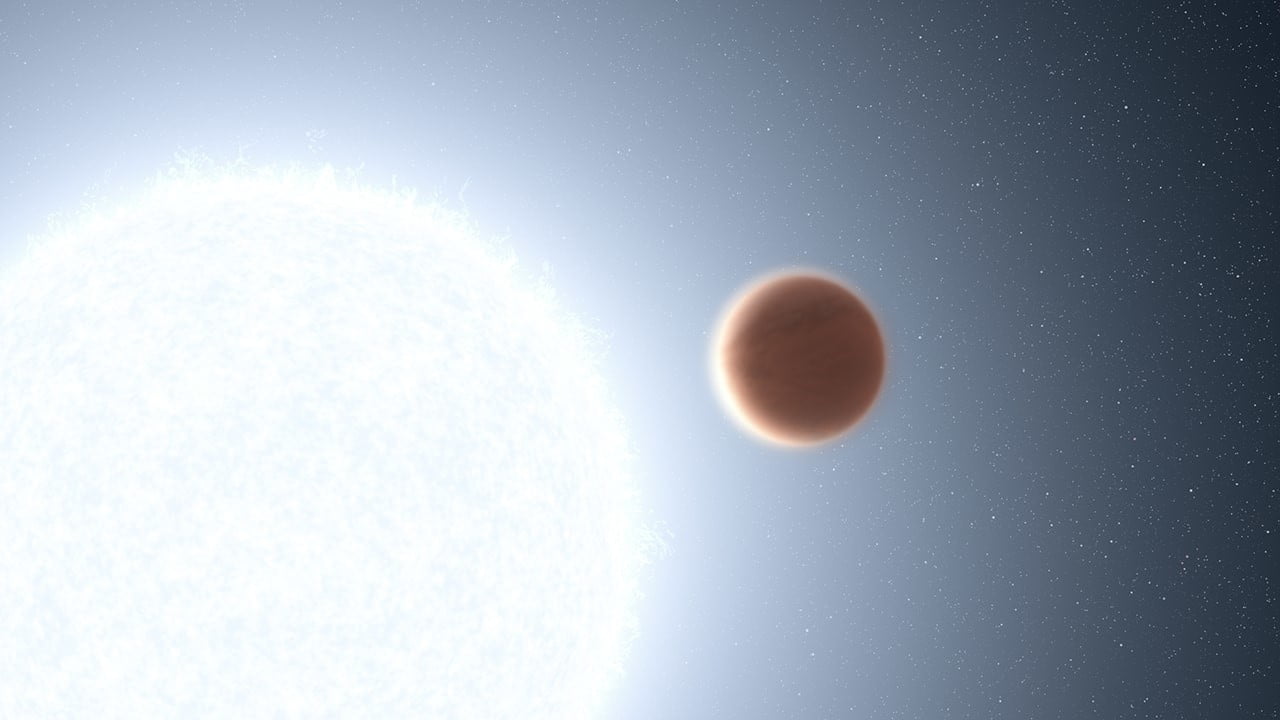Astronomers the world over are buzzing with anticipation for the new science that will be possible once the James Webb Space Telescope, the world’s most powerful space telescope, completes its commissioning. Since the telescope launched on December 25, 2021, it has unfurled its hardware into its final configuration, reached its final orbit around the sun, and completed aligning its mirrors with its primary camera, but there are still steps like the calibration of its instruments to go before it is ready for scientific use.
As soon as the commissioning phase is complete, which is set to wrap up this summer, the science observations will begin. And this is where things get exciting, as the telescope’s high sensitivity and infrared capabilities will enable it to observe extremely distant objects, even fainter than those observed by current space-based telescopes like Hubble. It will usher in a new era of astronomical observations and could help to investigate topics as wide-ranging as how the first galaxies formed and whether planets in other star systems have atmospheres or not.
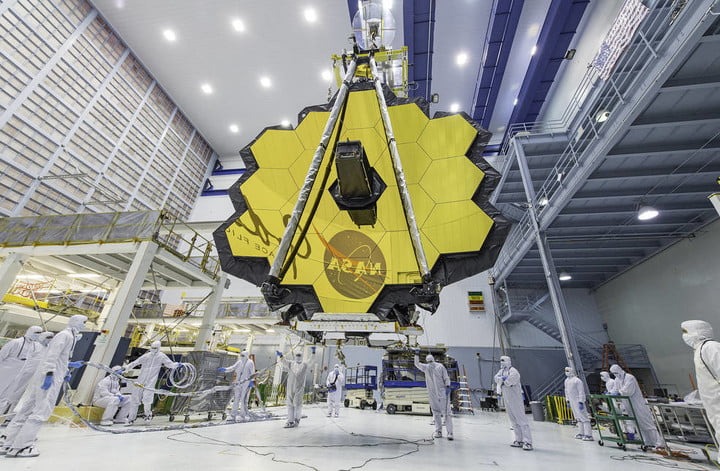
Thirteen projects have been chosen to test out the capabilities of this brand-new telescope in its first five months of operations, and as you can imagine, the competition for which projects should get first dibs on this new tool was fierce.
Most of the 13 projects chosen will look at distant objects like black holes or far-away galaxies. But one project will look closer to home — at Jupiter, right in our cosmic backyard.
To learn about what researchers hope to discover about this big, beautiful gas giant, and to find out why such a relatively close target is being used to test out such a powerful telescope, we spoke to Berkeley astronomer Imke de Pater, leader of the Jupiter observation team.
A whole system to explore

Compared to far-off exoplanets or even the more distant ice giant planets in our solar system, astronomers know a lot about Jupiter. We have troves of data about the planet thanks to both observations from ground-based telescopes and missions like Galileo, which orbited the planet up until 2003, and Juno which is still orbiting there now.
But as is often the case with science, every piece of data we get about the planet can raise more questions. “We’ve been there with several spacecraft and have observed the planet with Hubble and many ground-based telescopes at wavelengths across the electromagnetic spectrum (from the UV to meters wavelengths), so we’ve learned a tremendous amount about Jupiter itself, its atmosphere, interior, and about its moons and rings,” said de Pater. “But every time you learn more there are things you don’t yet understand — so you always need more data.”
Some of the biggest open questions we have about Jupiter concern its atmosphere, like how heat moves between layers in the atmosphere, and how the atmosphere interacts with the magnetosphere.
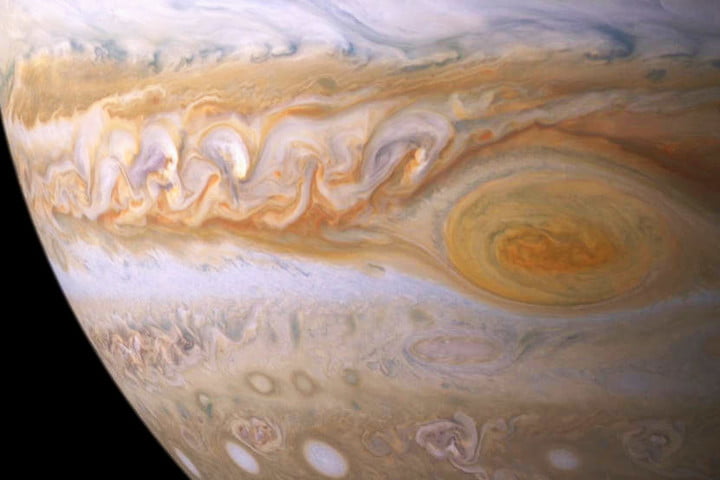
But the group won’t only be looking at Jupiter itself, honing in on details like the Great Red Spot (a turbulent storm so vast that it can be seen as a spot large enough to engulf the entire Earth) and the planet’s southern pole (with its distinctive auroras). They’ll also be looking at the whole Jovian system, including the planet’s faint rings and its moons including Io and Ganymede.
Each of these targets is intriguing in its own right — Io is the most volcanically active place in the solar system, for example, and Ganymede is the only moon known to produce its own magnetosphere. Taken as a whole, the Jovian system is the ideal place to test the limits of Webb’s capabilities.
Peering into the infrared
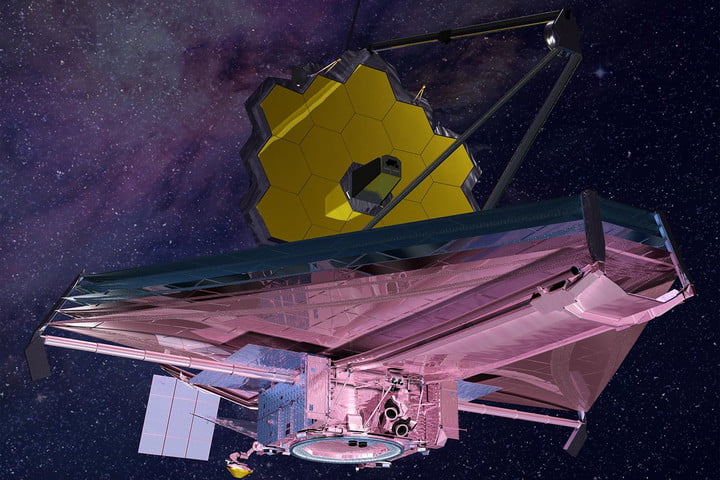
To help learn about these complex topics, de Pater’s group will be taking advantage of James Webb’s infrared capabilities, which allow researchers to look deeper into the planet’s atmosphere.
Those capabilities make it possible to study the atmosphere beyond what would be possible by looking in the visible light wavelength. “In the visible wavelength range, you basically see clouds,” she explained. “At infrared wavelengths, you can probe above the clouds and below the clouds, depending on the wavelength. At different wavelengths you can see different altitudes in the atmosphere, depending on the opacity in the atmosphere (i.e. how much ‘light’ is absorbed at the particular wavelength determines how deep one can look into the planet).”
Particularly useful for this research will be the mid-infrared wavelengths, which can be viewed using Webb’s MIRI or Mid-Infrared Instrument.
“The biggest advantage is at the mid-infrared wavelengths,” de Pater explained. “We can observe at some of these wavelengths from the ground, but the Earth’s atmosphere is so turbulent that what we get on the ground, we can’t calibrate the observations very well.” That means more uncertainty in the data; a problem which is exacerbated by the background infrared radiation on Earth.
But with a space-based telescope like James Webb, there’s no atmosphere and less background radiation to get in the way, and that means the data gathered will be much more accurate. Additionally, Webb offers exceptional stability, which means it can point at a target and not waver, thanks to its positioning in space. All of this means it can collect some of the most accurate data yet on Jupiter.
Testing out Webb’s limits
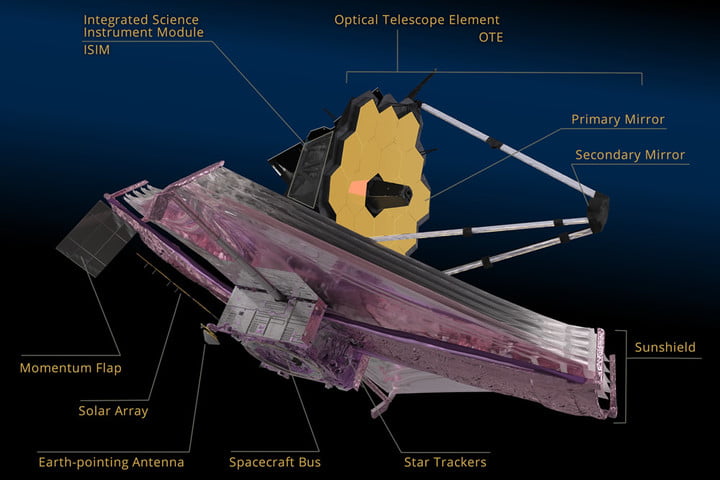
When assessing proposals for how James Webb could be used, de Pater explained, the committee deciding on which projects to pursue first wanted to see the astronomy community’s ideas about what the telescope could do. “So they really looked for projects which pushed JWST to the limits,” she said. “That’s what our project is doing.”
They will use all four of Webb’s instruments in different combinations for different targets in the system, to pick out different features like volcanoes, rings, and layers of the planet’s atmosphere.
The plan was to observe Jupiter, its rings, and its moons Io and Ganymede, but several years after the team submitted their proposal an unexpected problem arose — the telescope was actually too sensitive for much of the planned work on Jupiter. “The telescope was much more sensitive than they expected, so we had to change a number of our observations on Jupiter — and we can do less on Jupiter itself than we had originally anticipated.”
But the team still knew they could get valuable data and find ways to do the work they wanted to. They changed factors like which filters they would use, and looked at smaller fields of view.
Why Jupiter provides such a challenge
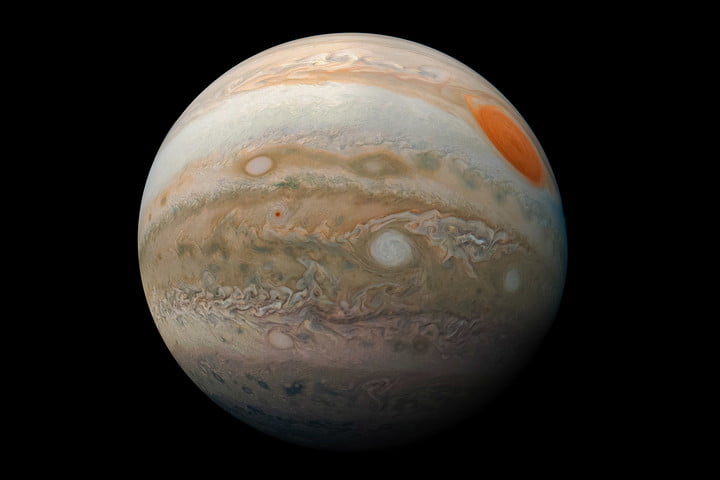
The idea that a telescope is too sensitive might sound counterintuitive. But think of it like taking a photograph while facing the sun: All the colors get blown out so everything appears white and washed out and it’s hard to see any detail. The light coming from the sun is just too bright, leading to an overexposed image.
The same thing happens when studying astronomical bodies. Planets don’t give off much light compared to stars, as they don’t produce light of their own but just reflect light from their stars. That makes planets much dimmer than stars overall. But when you’re looking at tiny details or looking for even smaller bodies like moons, or at fine details like rings, then the light from a planet can create glare in the data you’re collecting.
That’s the big challenge when using Webb to study Jupiter’s moons or rings: Trying to allow for the light from the planet so these small objects can be seen in detail. Jupiter is one of the brightest objects in the sky, so this isn’t an easy task.
Fortunately, astronomers have lots of experience with observing planetary rings using other tools like the Hubble Space Telescope. “So we use that knowledge for the JWST observations,” de Pater explained. The team will observe the rings at different “roll angles,” meaning the rings will be shifted into slightly different orientations on the detector. By observing the rings at different angles, they can see how the scattered light from the planet falls on the rings. Then this light can be subtracted, leaving just the light from the rings themselves.
Studying planets in our solar system and beyond
Using Webb to study Jupiter isn’t only a way to test the limits of this brand-new telescope. Studying planets in our own solar system can also help to understand planets outside our solar system, called exoplanets.
One of the big aims of exoplanet science today is to go beyond identifying a planet and estimating its size or mass, and to build up a more complete understanding of it by looking at whether it has an atmosphere.
But to understand planets in distant systems, it helps to understand the planets in our own. Webb will be looking at the atmospheres of distant gas giants, which we can then compare to what we know of the atmospheres of Jupiter and Saturn.
Furthermore, by using Webb to study Jupiter, de Pater’s team will develop a set of tools that can be used by others in the astronomy community to study other planets in our solar system, and give a glimpse of what Webb might be able to discover about them — including the intriguing and rarely studied distant planets of Uranus and Neptune.
“Our team will develop software which can be used for the Jovian system, but also for the Saturn system, for Uranus and Neptune. And we can show people what you can expect based on our observations,” de Pater said. “It definitely is a pathfinder in that way.”
